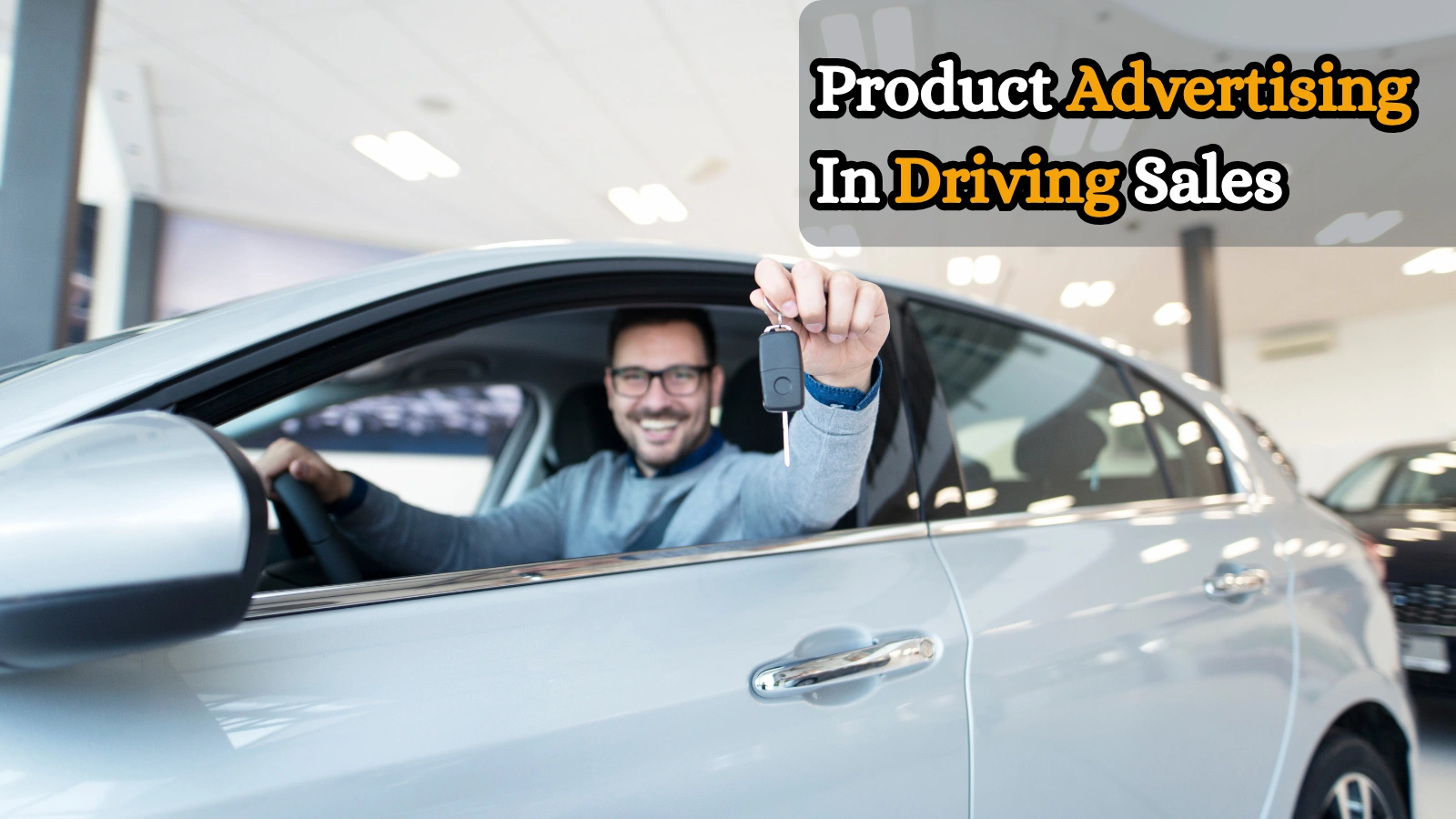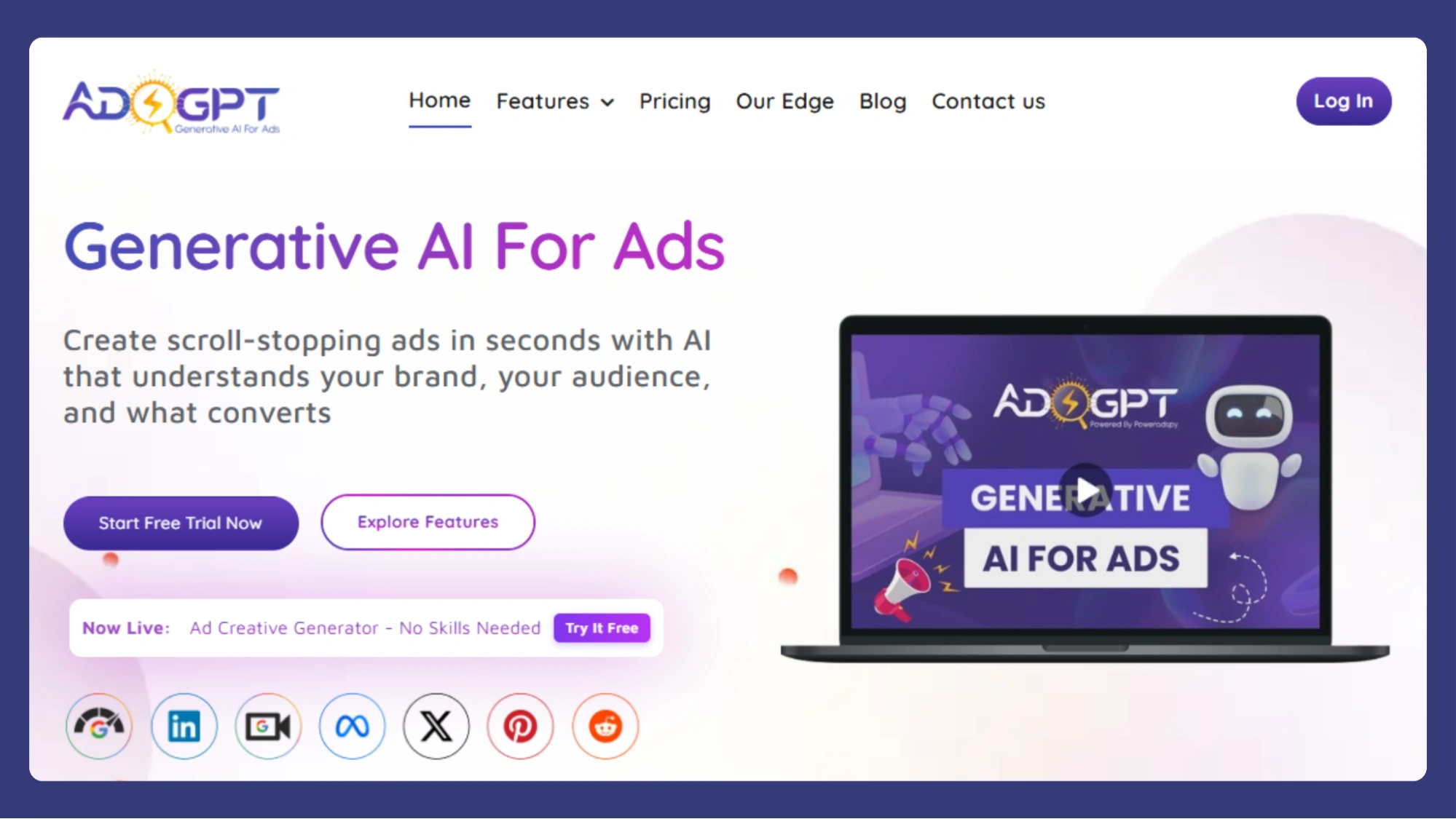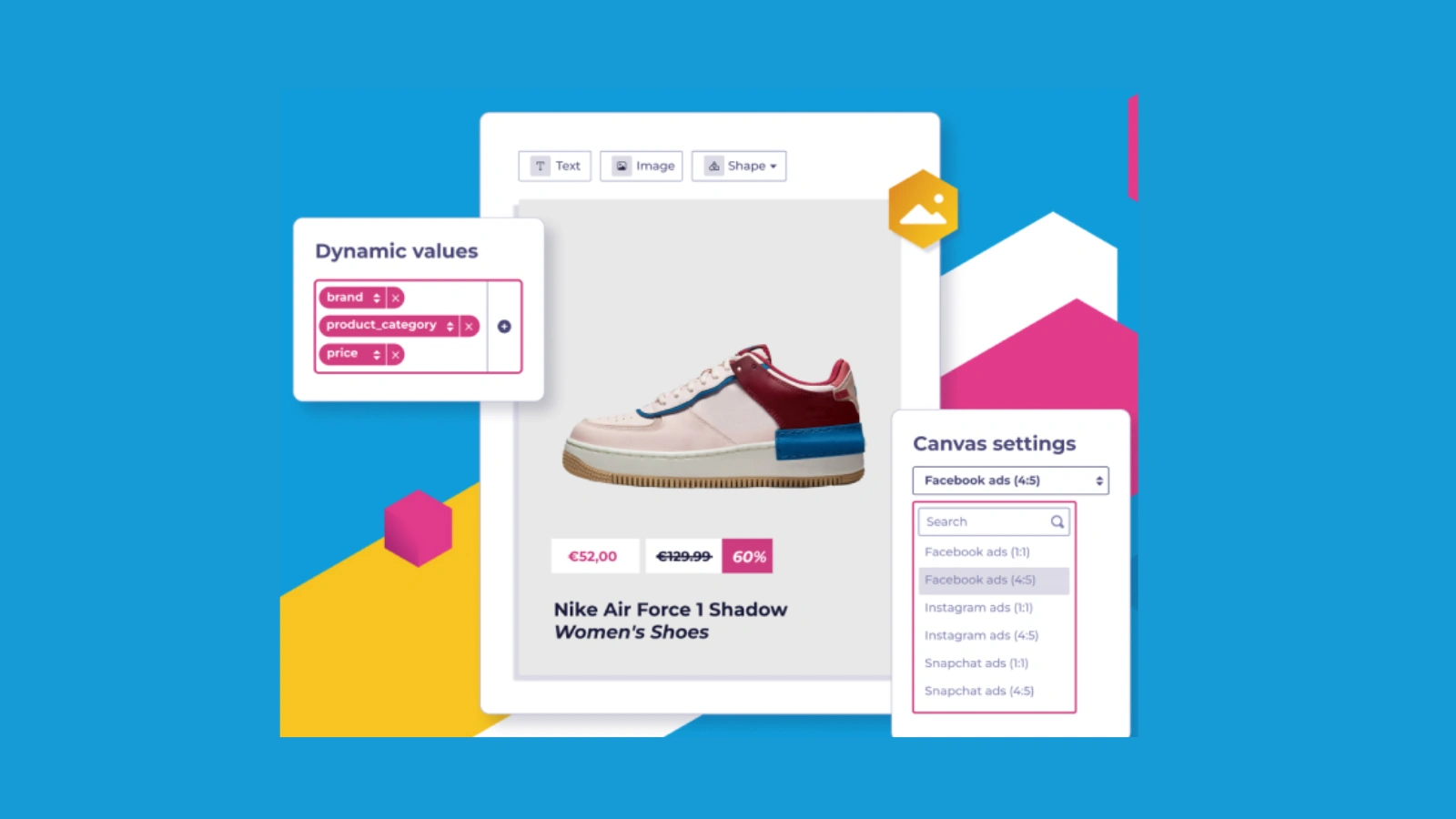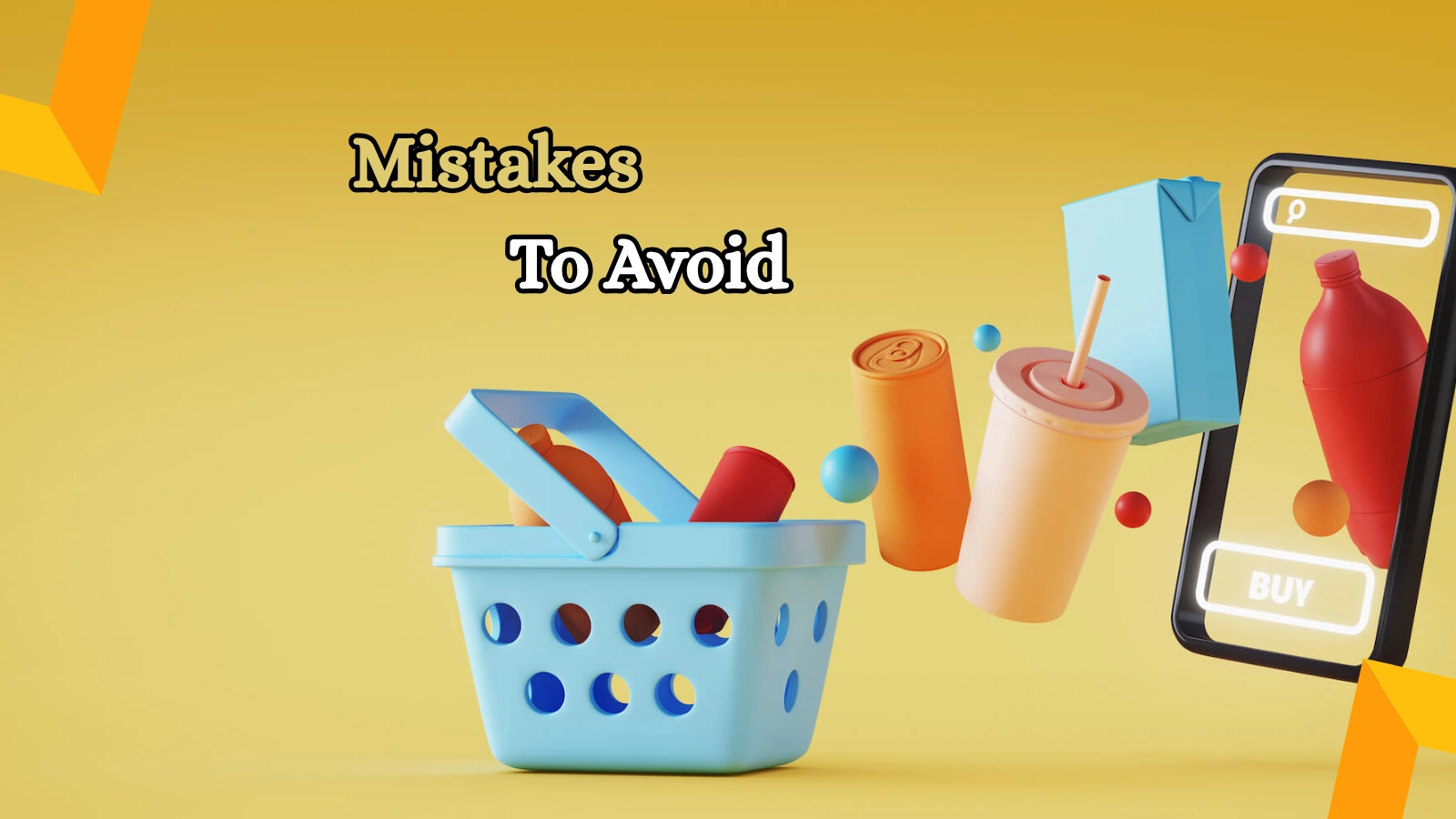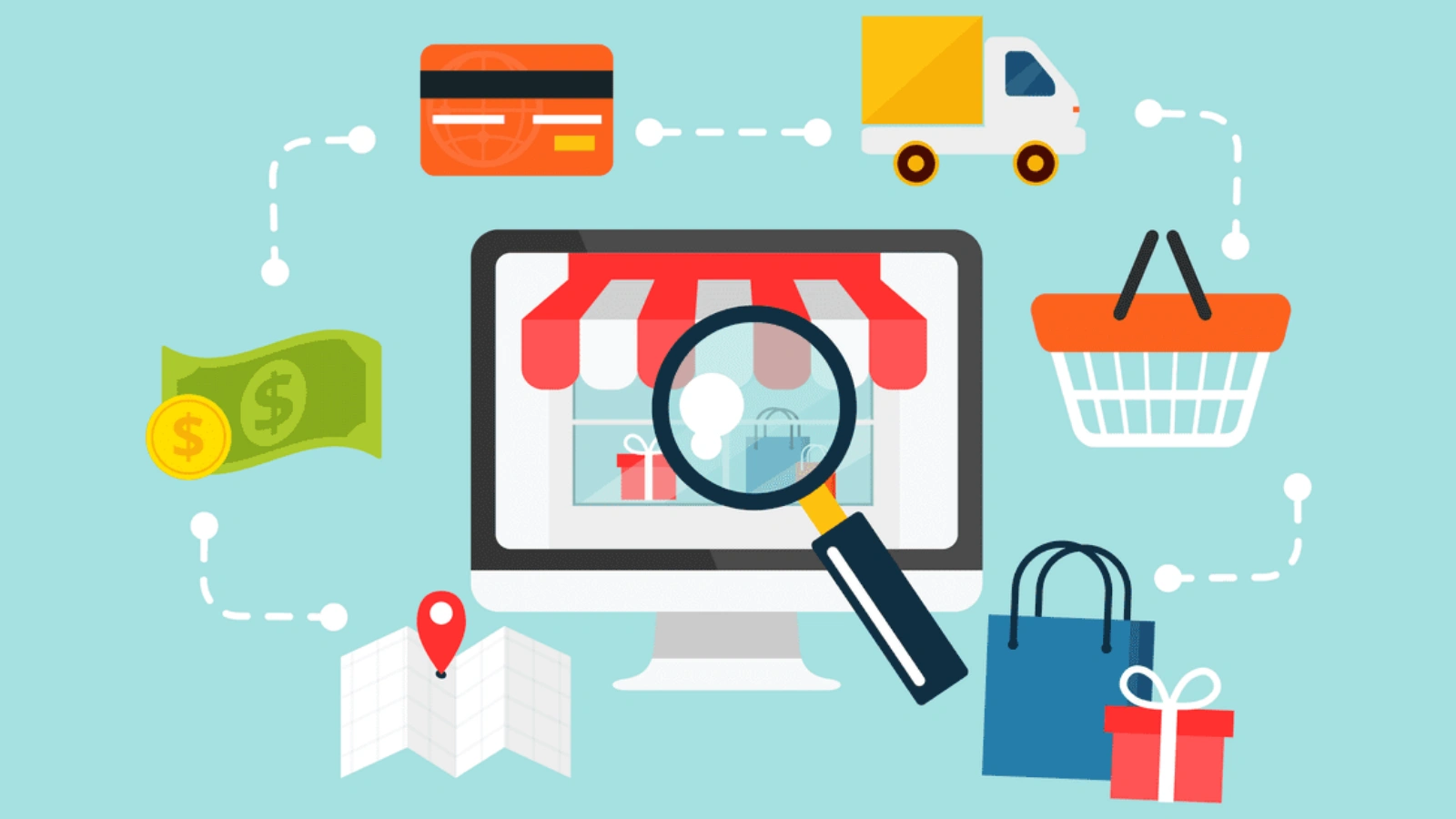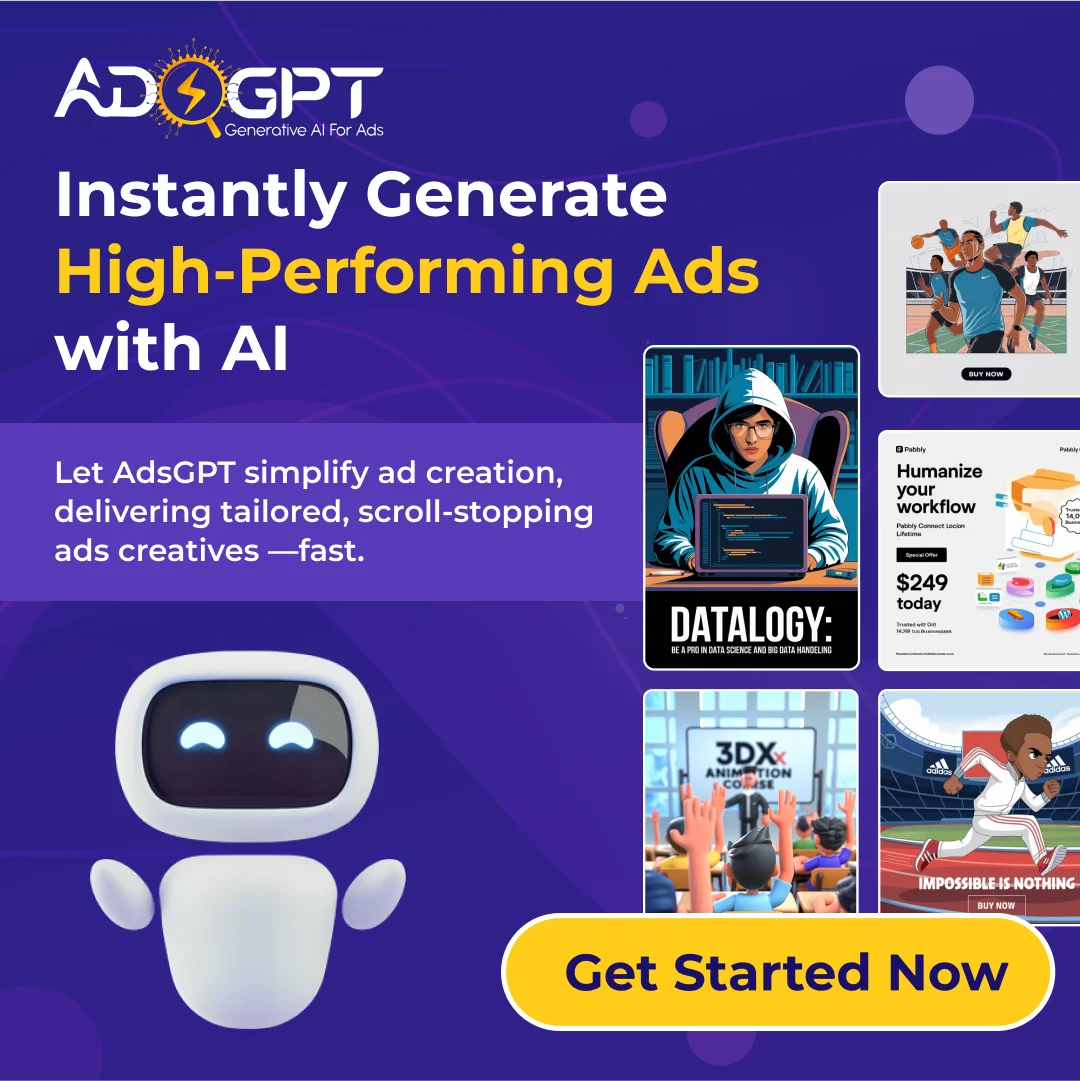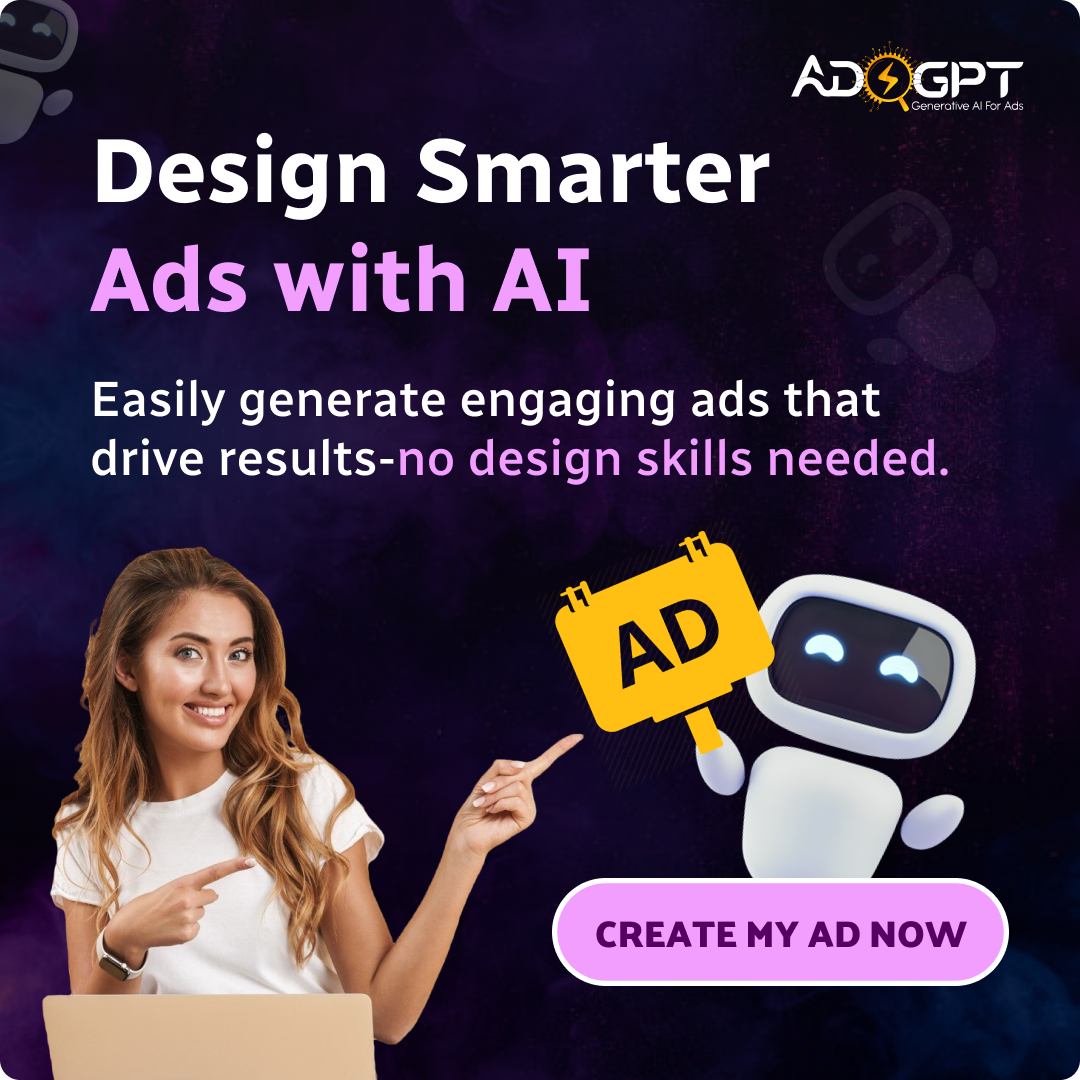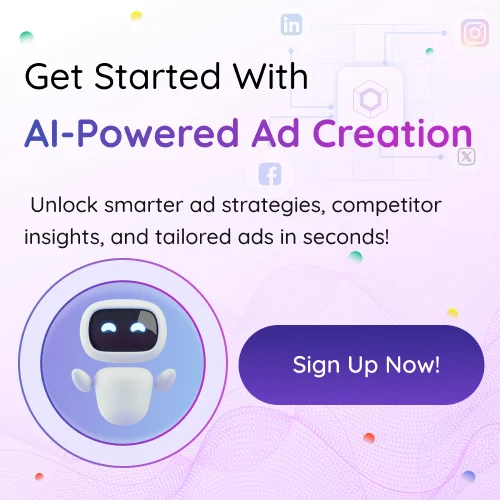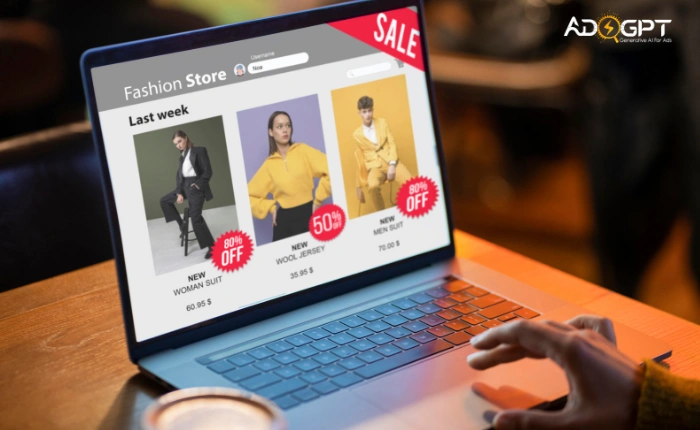
Shoppers don’t just browse products; they expect engaging experiences that guide them from awareness to purchase. That’s why ecommerce advertising has become the engine that fuels online growth. Brands that employ the right strategies turn casual viewers into loyal customers while minimizing wasted ad spend.
What sets great campaigns apart is their ability to combine creativity with data-driven insights. A strong approach to ecommerce advertising means more than putting a product in front of people; it’s about telling the right story at the right time, on the right platform.
Listen To The Podcast Now!
Understanding The Basics Of E-commerce Ads
ecommerce advertising is the practice of promoting products and services across online platforms to attract traffic, generate sales, and build long-term customer relationships.
Common formats include:
- Search ads – Target shoppers actively searching for products to capture immediate buying intent.
- Display ads – Showcase visuals across websites to boost brand visibility and awareness.
- Social media ads – Use engaging creatives to connect with audiences where they spend time daily.
- Retargeting ads – Re-engage past visitors and encourage them to complete their purchase.
The strength of ecommerce campaigns lies in their flexibility. Brands can test, measure, and refine ads in real-time to maximize results. This adaptability gives e-commerce a clear edge compared to traditional forms of product advertising.
The Role of Product Advertising in Driving Sales
While broad campaigns build visibility, product advertising zeroes in on specific items. Think of it as the closer in your sales funnel; it nudges potential buyers to take immediate action.
For instance, when a shopper sees a well-timed ad highlighting a limited-time discount or a unique product feature, the push often triggers a purchase. Product-level campaigns also allow precise targeting, ensuring your ads reach people most likely to buy.
In practice, effective product ads don’t overwhelm; they focus on clarity, benefits, and irresistible CTAs.
Exploring Different Types of E-commerce Ad Creative
The heart of high-performing ecommerce advertising lies in strong creative. Without compelling visuals and copy, even the most advanced targeting falls flat.
Types of ecommerce ad creative include:
- Lifestyle imagery – Show products in real-life settings to help customers visualize usage.
- Carousel ads – Highlight multiple products or features in one scrollable ad format.
- Short-form videos – Deliver quick, engaging demonstrations of product benefits.
- Interactive creatives – Encourage active participation through polls, quizzes, or clickable elements.
An effective ecommerce creative taps into customer emotions, solves a problem, and inspires immediate action. Brands that consistently experiment with creative formats often discover their highest-converting formula faster.
Best E-commerce Ads: What We Can Learn from Top Brands
Some of the best ecommerce advertising doesn’t look like ads at all; it feels like natural content. They blend storytelling, urgency, and visuals that hold attention.
For example:
- Fashion retailer carousel ads – Showcase seasonal collections in a scrollable format that encourages browsing.
- Tech brand video ads – Demonstrate key features quickly to capture attention within seconds.
- Beauty brand static ads – Combine discounts with influencer testimonials to build trust and urgency.
What these campaigns share is clarity, strong visuals, and measurable calls to action. Studying the best ecommerce advertising inspires campaigns that both engage and convert.
How AdsGPT Helps Marketers Create Winning E-commerce Ads?
Running effective ecommerce advertising requires creativity, strategy, and constant testing. AdsGPT reduces the workload by combining AI-powered ad creation with smart customization and insights. Here’s how each feature supports marketers:
Ad Creatives Made Effortless
Designing ecommerce ad creatives usually takes hours, but AdsGPT creates professional visuals in seconds. Whether you’re promoting a product launch, a seasonal sale, or a limited-time discount, you can generate high-quality ads that look on-brand without hiring a designer. This makes it easy to keep campaigns fresh and consistent.
Start With Existing Ad
Competitor research often sparks inspiration. With AdsGPT, you can take an existing competitor ad and transform it into a new, unique creative for your brand. Instead of copying, the AI adapts the style and message to highlight your products and voice. This feature helps you stay competitive without losing originality.
Generate Multiple Creatives
Testing multiple versions of ecommerce advertising is crucial for finding what resonates with audiences. AdsGPT generates up to five variations of a creative at once, allowing rapid experimentation. You can quickly compare different colors, images, or calls-to-action to see which drives the most clicks and conversions.
Competitor-Inspired AI Ads
AdsGPT takes competitor analysis a step further by crafting tailored creatives that outperform rivals. You can input a competitor’s name, and the AI generates ecommerce ads that showcase your product’s unique strengths. This feature helps you highlight your competitive edge in crowded markets.
Dynamic Image Styles
Different audiences connect with different styles. AdsGPT lets you choose from Realistic, 3D, or General styles for your ecommerce advertising. A lifestyle brand might prefer realistic imagery, while a tech product could stand out with sleek 3D designs. This flexibility helps capture attention in diverse markets.
In short, AdsGPT helps marketers create scroll-stopping ecommerce ads faster, test more variations, and stay consistent with brand identity while outperforming competitors.
Read More!
How To Create High-Converting Ecommerce Ads With AI?
How AI Text Generators Revolutionize Powerful eCommerce Ad Content?
E-commerce Ads Examples: Case Studies and Takeaways
Examining ecommerce ads examples from real campaigns shows how creativity meets strategy:
- Nike: Leveraged short-form video ads on Instagram Reels showcasing athletes, blending inspiration with subtle product placement.
- Warby Parker: Used carousel ads to highlight multiple eyeglass styles with clear CTAs, driving trial purchases.
- Glossier: Built campaigns around user-generated content, creating authentic ads that doubled as social proof.
These ecommerce ads examples reveal the importance of tailoring creatives to audience expectations and maintaining consistent messaging.
Common Mistakes To Avoid In E-commerce Advertising
Even experienced marketers slip up. Some common pitfalls include:
- Overloading ads with text – Crowded messaging overwhelms viewers and reduces readability. Simple, focused copy makes it easier for customers to act quickly.
- Ignoring data – Without tracking CTR, conversions, or engagement, marketers miss insights that guide optimization. Data ensures every ecommerce advertising dollar works harder.
- Weak creative – Generic or dull visuals fail to capture attention in crowded feeds. Strong ecommerce ad creative stands out and motivates clicks.
- Poor targeting – Even great ads underperform if shown to the wrong audience. Precise targeting ensures ads reach buyers most likely to convert.
By avoiding these mistakes, brands keep their ecommerce advertising strategy sharp and effective.
Best Practices To Optimize Your E-commerce Ad Creative
Winning ads are not accidents; they result from structured practices.
- Know your audience – Ads perform best when they speak directly to customer pain points and desires. Tailoring ecommerce ad creative to audience behavior increases relevance and conversions.
- Test multiple formats – No single format works for every product or campaign. Experimenting with video, carousel, and static ads reveals which style captures the most engagement.
- Optimize CTAs – A strong call-to-action guides customers toward the next step. Simple phrases like “Shop Now” or “Claim Offer” can significantly boost click-through rates.
- Leverage analytics – Tracking performance data highlights what works and what doesn’t. Adjusting campaigns based on metrics prevents wasted spend and sharpens ROI.
- Use tools like AdsGPT – AI-driven creative generation and insights speed up production and reduce guesswork. Marketers can launch better ecommerce ads faster while staying competitive.
A commitment to consistent optimization transforms average ads into revenue-generating assets.
Future Of E-commerce Advertising: Trends To Watch
The future of ecommerce advertising points toward personalization, automation, and immersive experiences. Expect to see:
- AI-driven ads – Artificial intelligence tailors messaging in real time based on user behavior. This makes ecommerce advertising more relevant and increases the chances of conversion.
- Interactive shopping ads – Shoppers can explore products and even purchase without leaving the platform. This seamless experience keeps engagement high and reduces drop-offs.
- Augmented reality try-ons – AR allows customers to visualize items like clothing, furniture, or makeup before purchase. This boosts confidence and lowers return rates.
- Sustainability-focused campaigns – Ads that highlight eco-friendly practices resonate with conscious buyers. Showcasing sustainable values builds trust and long-term loyalty.
Together, these trends signal a shift toward smarter, more engaging ecommerce ads that blend technology with customer expectations.
Conclusion
Success in ecommerce advertising requires a mix of creativity, technology, and strategy. From mastering product advertising to drawing inspiration from the best ecommerce ads, marketers must constantly refine their approach.
With tools like AdsGPT, producing standout ecommerce ad creative becomes simpler, faster, and more effective. The future belongs to brands that combine innovation with consistent execution.
FAQs
- How much should I budget for ecommerce advertising?
Advertising budgets vary by business size, product margins, and growth goals. Start by allocating a percentage of revenue (commonly 5–15%) and adjust based on ROI. Testing campaigns with smaller budgets first helps reduce waste. - Which platform delivers the best ROI for ecommerce ads?
There’s no one-size-fits-all answer. ROI depends on your target audience, product type, and campaign objective. Social media (Instagram, Facebook, TikTok) works well for visual products, while Google Search Ads capture high purchase intent. - How often should I refresh my ad creatives?
Ad fatigue can occur after 2–4 weeks, depending on audience size and frequency. Refreshing visuals, copy, and formats regularly keeps campaigns engaging and improves performance. - What metrics matter most for ecommerce advertising?
Key metrics include conversion rate, return on ad spend (ROAS), cost per acquisition (CPA), click-through rate (CTR), and lifetime value (LTV) of customers. Tracking these ensures campaigns drive meaningful results. - Can small businesses compete with large brands in ecommerce ads?
Absolutely. Small businesses can leverage niche targeting, personalized creatives, and cost-effective platforms. Tools like AI-powered ad generators help level the playing field by producing high-quality ads quickly.

